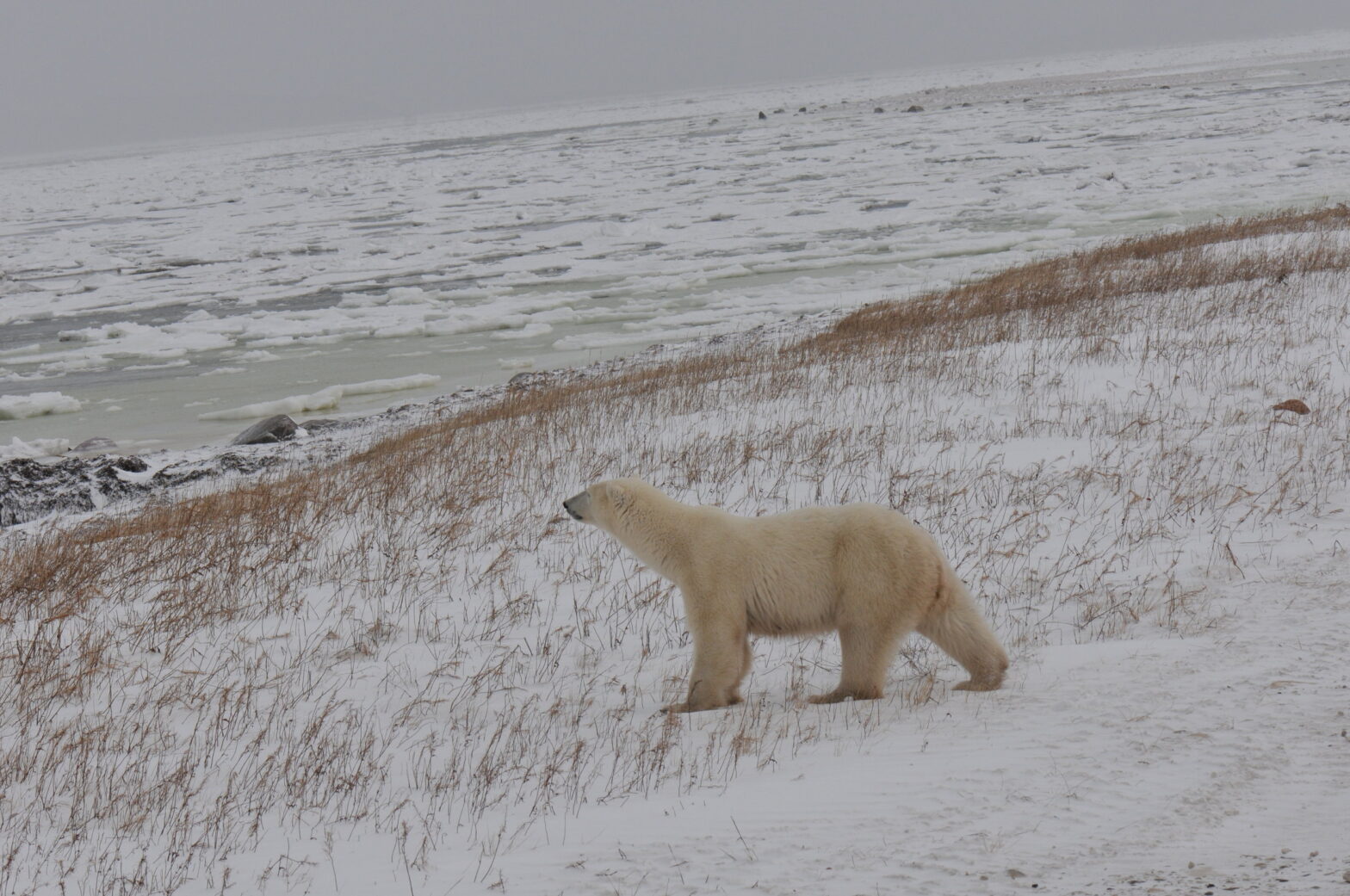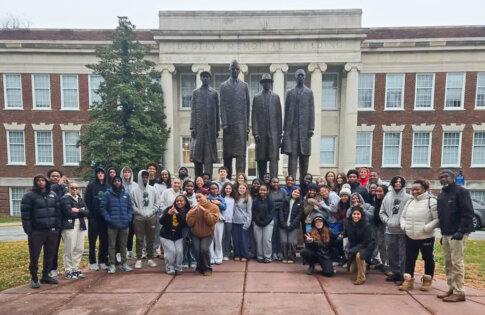Park’s ISAMR Scientists Travel to Churchill, Manitoba, for Annual Fall Research Trip

Members of the International Student-led Arctic Monitoring and Research (ISAMR) program traveled to Churchill, Manitoba, this week on their annual polar bear whisker printing research trip. Two Park students and two faculty members were joined by ISAMR’s Canadian partners from Winnipeg and Churchill – 26 people in total – including Dr. Jane Waterman and Dr. Carlos Anderson, the developers of the whisker printing technique and program that the group uses each year to study the polar bear population in the Churchill area.
A coalition of students, teachers, and professional researchers, the ISAMR program is working on a projected 30-year study of the subarctic climate. The unique extra-curricular program at Park is an opportunity for students to travel twice annually (August and October) to the edge of the Arctic Circle to conduct original scientific research.
This trip, the group used non-invasive methods to gain information on the body condition and size of the polar bears, and looked at the degree of asymmetry in the whisker prints of the bears. According to Upper School science teacher and program co-founder Julie Rogers, both will shed some light on the question: How are polar bears doing with 30+ less days of sea ice (and growing) than less than a decade ago? Are they adapting? Perhaps changing their diet? Is the population shrinking in size (both in literal numbers) and in terms of their body condition?
New this year, the group looked at the gut microbiome of captive and wild polar bears through scat samples (fecal droppings) to try to glean some quantitative data on the changing diet question.
To learn more about ISAMR, check out the group’s trip blog here.
Photo courtesy of ISAMR.
Back to The Latest






